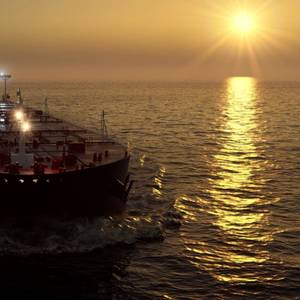
Britain targeted Russia's two largest oil companies, Lukoil and Rosneft, and 44 shadow fleet tankers on Wednesday in what it described as a new bid to tighten energy sanctions and choke off Kremlin revenues.Lukoil and Rosneft were designated under Britain's Russia sanctions laws for what London described as their role in supporting the Russian government.
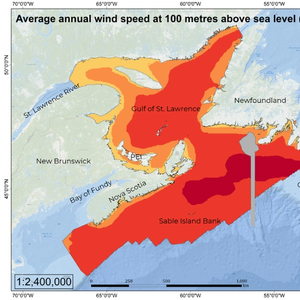
Sean Fraser, Canada’s Minister responsible for the Atlantic Canada Opportunities Agency, has announced that strategic direction has been given to the Canada–Nova Scotia Offshore Energy Regulator as a next step toward realizing Canada’s first-ever offshore wind project.Fraser made the announcement on behalf of Tim Hodgson, Canada’s Minister of Energy and Natural Resources
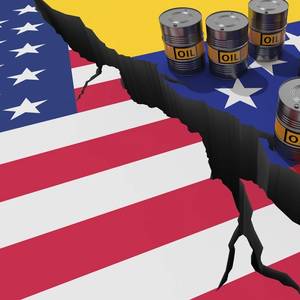
Traders have rebranded more than $1 billion of Venezuelan oil shipments to China as Brazilian crude over the past year, according to two tanker tracking firms, company documents and four traders, helping buyers to cut logistics costs and circumvent U.S. sanctions.Independent refiners in China are the main buyers of seaborne oil shipments from countries sanctioned by the United States

On World Donkey Day (May 8), international animal welfare charity, The Donkey Sanctuary, acknowledges Swire Shipping as the first global shipping line to commit publicly to a ‘No Donkey Skins Carriage policy’.In February last year, African Heads of State and Governments endorsed a continent-wide moratorium on the slaughter of donkeys for their skins at the 37th African Union Summit.
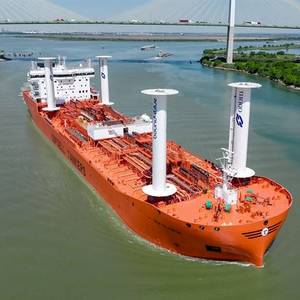
Odfjell’s chemical tanker Bow Olympus is currently crossing the Atlantic powered by a combination of wind-assisted propulsion and a certified sustainable 100% biofuel, marking the company’s first near carbon-neutral transatlantic voyage.Real-time data from the voyage confirms that the dual propulsion approach is both technically feasible and impactful

The seventh generation Atlantic Zonda drillship, managed by Ventura Offshore Midco, has started operations for Petrobras under a three-year drilling contract.The Atlantic Zonda is managed by Ventura Offshore through marketing and operating agreements with the rig owner, Eldorado Drilling, and the company will earn its management fees and reimbursable revenues from these agreements.
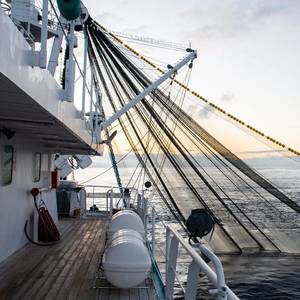
U.S. President Donald Trump’s regulatory freeze has injected chaos and uncertainty into a number of lucrative American fisheries, raising the risk of a delayed start to the fishing season for some East Coast cod and haddock fleets and leading to overfishing of Atlantic bluefin tuna, according to Reuters interviews with industry groups and federal government employees.
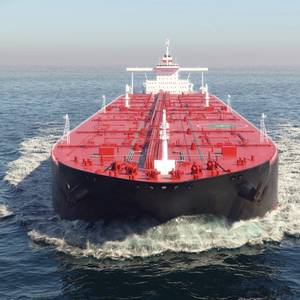
Oil and gas traders are likely to seek waivers from Beijing over tariffs that the Chinese government plans to impose on U.S. crude and liquefied natural gas (LNG) imports from February 10, trade sources said on Thursday.Shortly after tariffs on China imposed by U.S. President Donald Trump took effect on Tuesday, China's Finance Ministry said it would impose levies of 15% on imports of U.S.

The Coast Guard announced immediate action on executive orders issued by the White House Tuesday.“The U.S. Coast Guard is the world’s premiere maritime law enforcement agency, vital to protecting America’s maritime borders, territorial integrity and sovereignty,” said Adm. Kevin Lunday, the Coast Guard’s acting commandant.
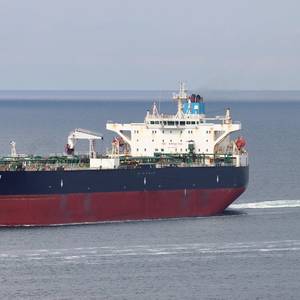
Chinese and Indian refiners will source more oil from the Middle East, Africa and the Americas, boosting prices and freight costs, as new U.S. sanctions on Russian producers and ships curb supplies to Moscow's top customers, traders and analysts said.The U.S. Treasury on Friday imposed sanctions on Russian oil producers Gazprom Neft and Surgutneftegas

Shandong Port Group has banned U.S.-sanctioned tankers from calling into its ports in the eastern Chinese province, home to many independent refiners that are the biggest importers of oil from countries under U.S. embargo, three traders said.The province imported about 1.74 million barrels per day (bpd) of oil from Iran, Russia and Venezuela last year, accounting for about 17% of China's imports
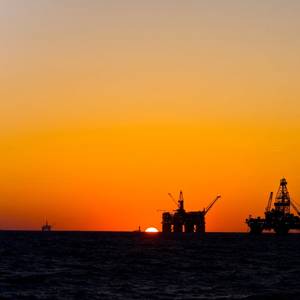
President Joe Biden is set to ban new offshore oil and gas development across 625 million acres (250 million hectares) of U.S. coastal territory, Bloomberg News reported on Friday.The ban, to be announced on Monday, rules out the sale of drilling rights in stretches of the Atlantic and Pacific oceans and the eastern Gulf of Mexico, said the report